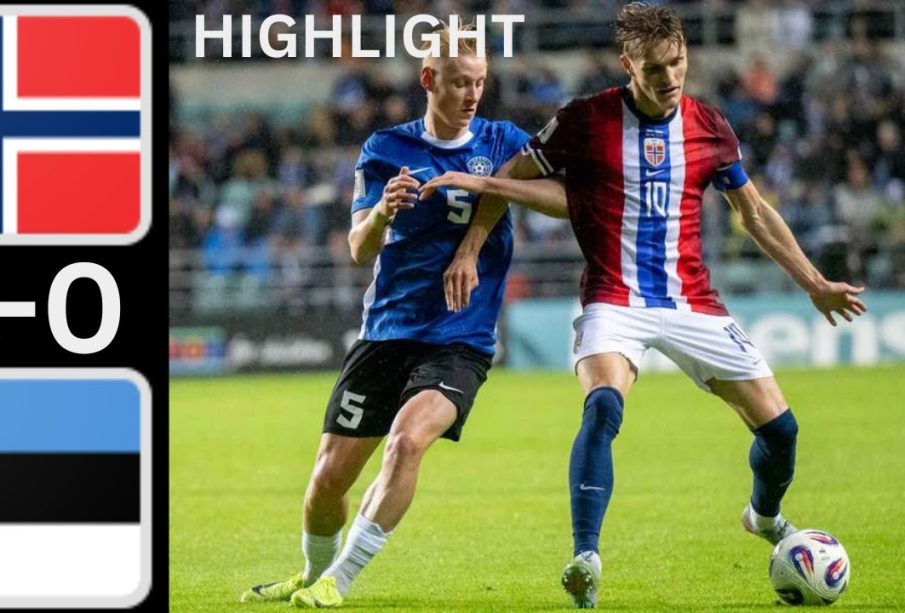A Comparative Analysis of Estonia vs Norway

Introduction
Estonia and Norway are two fascinating Nordic countries known for their rich cultural heritage, stunning landscapes, and advanced economies. With Estonia being one of the Baltic States and Norway situated on the Scandinavian Peninsula, they offer unique perspectives on lifestyle, governance, and social values. Understanding the differences and similarities between these two nations is vital for those interested in European culture, economics, and politics.
Geography and Climate
Geographically, Norway is characterized by its rugged terrain, fjords, and coastal islands, stretching over 1,000 km of coastline along the North Atlantic Ocean. In contrast, Estonia is a flat, low-lying country with many lakes and islands in the Baltic Sea. Norway has a much colder climate, particularly in the northern regions, while Estonia experiences a more temperate climate influenced by its proximity to the Baltic Sea.
Political Systems
Both countries are democracies, but they operate under different systems. Norway has a constitutional monarchy, with a parliamentary system that supports a stable governance framework. Estonia, on the other hand, is a parliamentary republic, which emphasizes individual freedoms and e-governance, being one of the first countries to embrace digital citizenship and online voting.
Economy and Quality of Life
The economies of both nations have strengths and weaknesses. Norway’s economy is heavily reliant on its oil and gas sector, making it one of the wealthiest countries globally in terms of GDP per capita. Estonia has rapidly transitioned from a post-Soviet state to a market economy, with a focus on technology, entrepreneurship, and innovation. While both countries rank high in quality of life, Norway consistently tops global rankings for human development, while Estonia is noted for its rapidly growing digital economy.
Cultural Heritage
Culturally, Estonia and Norway share some Viking history, but their influences diverge markedly. Norway’s culture is steeped in Norse mythology, while Estonia has rich folk traditions and unique language rooted in Finno-Ugric origins. Both countries celebrate their heritage through festivals, music, and arts, contributing to their vibrant and diverse identities.
Conclusion
In conclusion, Estonia and Norway exemplify two distinct paths of development, with unique cultural and economic landscapes. Norway’s wealth and traditional values contrast with Estonia’s innovative spirit and technological prowess. Readers interested in European geopolitics, cultural diversity, or economic models can glean valuable insights from the ongoing development of these two Nordic nations. As Estonia continues to innovate and Norway focuses on sustaining its wealth amid global challenges, the comparison of these countries remains relevant and illuminating.









